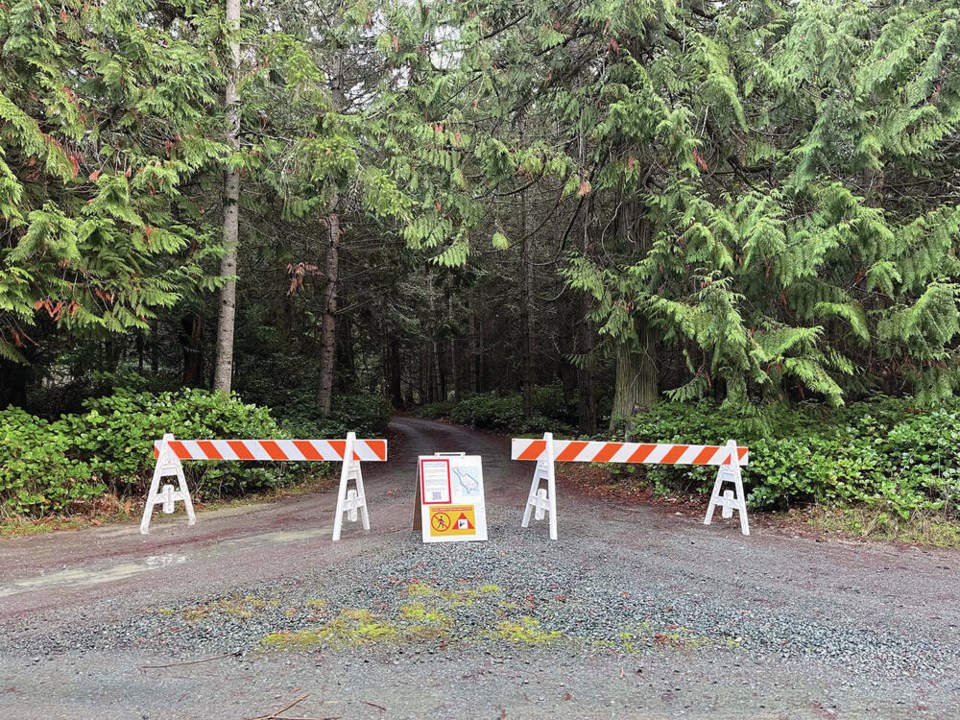The final cost of a project to eradicate fallow deer on Sidney Island will depend on how hard it is to kill the last few animals, Parks Canada says.
The $5.9-million price tag for the multi-year plan to remove European fallow deer and restore forest ecosystems across the island has been criticized by the island’s property owners and others as too high.
The cost of the project this fiscal year, which wraps up at the end of March, is expected to be $834,000, which includes fees to contractors, Indigenous harvesters, meat processing and equipment purchase and rentals, Parks Canada said Thursday.
The first phase of the eradication took place over 10 days at the start of December and involved a sharpshooter in a helicopter during the day and nighttime ground hunting.
The overall cost includes work to remove invasive species and plant native trees and plants, but Parks Canada has said the eradication plan would account for the bulk of the project’s cost.
The federal agency has said that during the second phase, set to begin next fall, temporary fencing will create enclosed zones of 40 to 120 hectares across Sidney Island and professional ground-based marksmen will kill the remaining deer.
Most of the cost and effort will be dedicated to locating the final few deer, Parks Canada said.
“Thus, it is the behaviour of the last few animals and trying to locate them, rather than the initial size of the population, which dictates the cost of the operation,” the agency said.
Current figures are estimates and a breakdown of costs will not be available until the project has concluded, Parks Canada said.
The current population of fallow deer on the island is unknown, but Parks Canada estimates it’s between 300 and 900. Many property owners on the island say the number is much lower.
The cull has divided the owners, who only narrowly approved Parks Canada’s plan for deer eradication, with 52% voting yes.
David Bird, a North Saanich resident who is an avid hunter on Sidney Island and emeritus professor of wildlife biology at McGill University, said he’s skeptical the project will successfully eradicate fallow deer from the island.
He suspects the few deer that are likely left on the island are hiding out on private property and unless Parks Canada gets permission from all property owners, it will be challenging to weed out every single deer.
Bird said even if the fallow deer are completely removed, they’ll repopulate the island by swimming from nearby islands.
“Fallow deer are excellent swimmers and it will take some time but they’ll be popping over on Sidney Island again at some point,” he said.
Parks Canada believes the risk of fallow deer returning to the island is low, citing global research and a genetic study of fallow deer on Sidney, James and Mayne islands.
The 2022 study showed that the populations on each island are genetically distinct, which indicates the deer have not been swimming between islands and breeding, Parks Canada said.
A plan is being developed in case fallow deer are detected following the eradication project.
Liz White, director of Animal Alliance of Canada, said the group plans to ask Parks Canada for a detailed report on how many deer were killed by a single bullet and how many were shot multiple times before dying. The group has opposed the eradication plan, calling it inhumane.
Parks Canada said the majority of animals were killed with a single shot. It said in some cases, an animal was shot twice “to be certain of immediate and humane death.”



